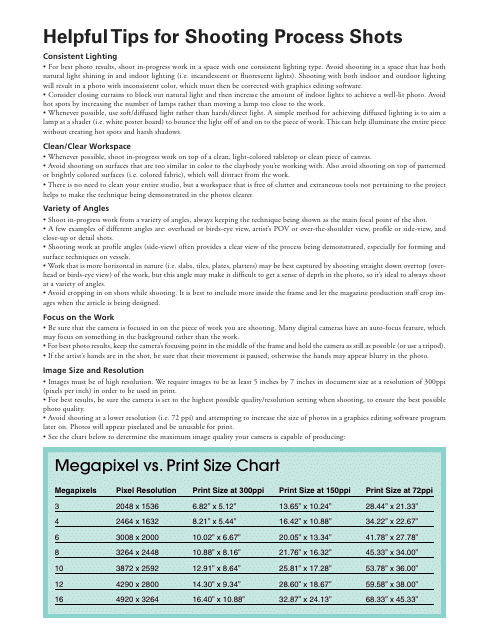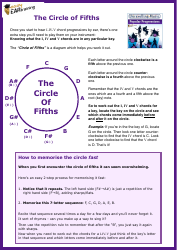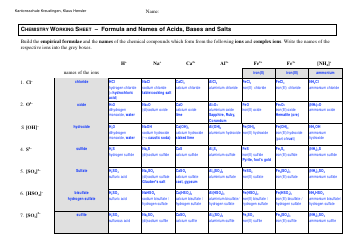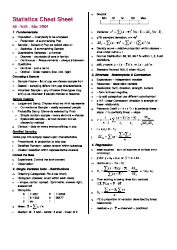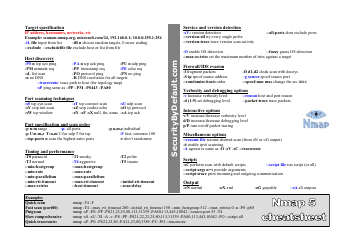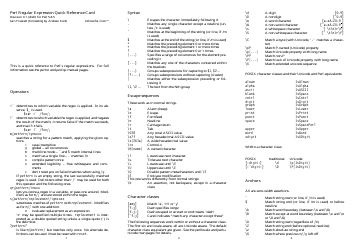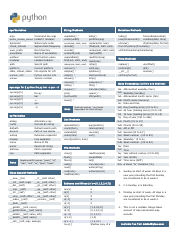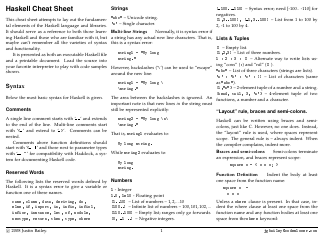Process Shots Shooting Cheat Sheet
The Process Shots Shooting Cheat Sheet is a document that provides guidance and instructions for photographers on capturing different stages or steps of a process. It helps photographers to ensure they capture all the necessary shots to document a process effectively.
FAQ
Q: What is a process shot?
A: A process shot is a technique used in filmmaking to combine two or more separate elements into a single shot.
Q: How is a process shot created?
A: A process shot is created by shooting the main element, such as actors or objects, separately and then combining them with a different background or foreground image.
Q: Why are process shots used?
A: Process shots are used to create illusions or special effects that cannot be achieved in real life.
Q: What are some examples of process shots?
A: Examples of process shots include green screen or blue screen shots, miniature or model shots, and matte paintings.
Q: What is a green screen or blue screen shot?
A: A green screen or blue screen shot is a type of process shot where actors or objects are filmed in front of a solid green or blue background, which is then replaced with a different image or video during post-production.
Q: What is a miniature or model shot?
A: A miniature or model shot is a type of process shot where small-scale models are used to depict scenes that would be impractical or impossible to film with full-scale objects.
Q: What is a matte painting?
A: A matte painting is a type of process shot where a painting or digitally created image is used to create or enhance a background or environment in a shot.
Q: Who uses process shots?
A: Process shots are commonly used in the film and television industry to create visual effects and enhance the storytelling.
Q: Are process shots only used in movies?
A: No, process shots can also be used in television shows, commercials, and even photography to create various effects.
